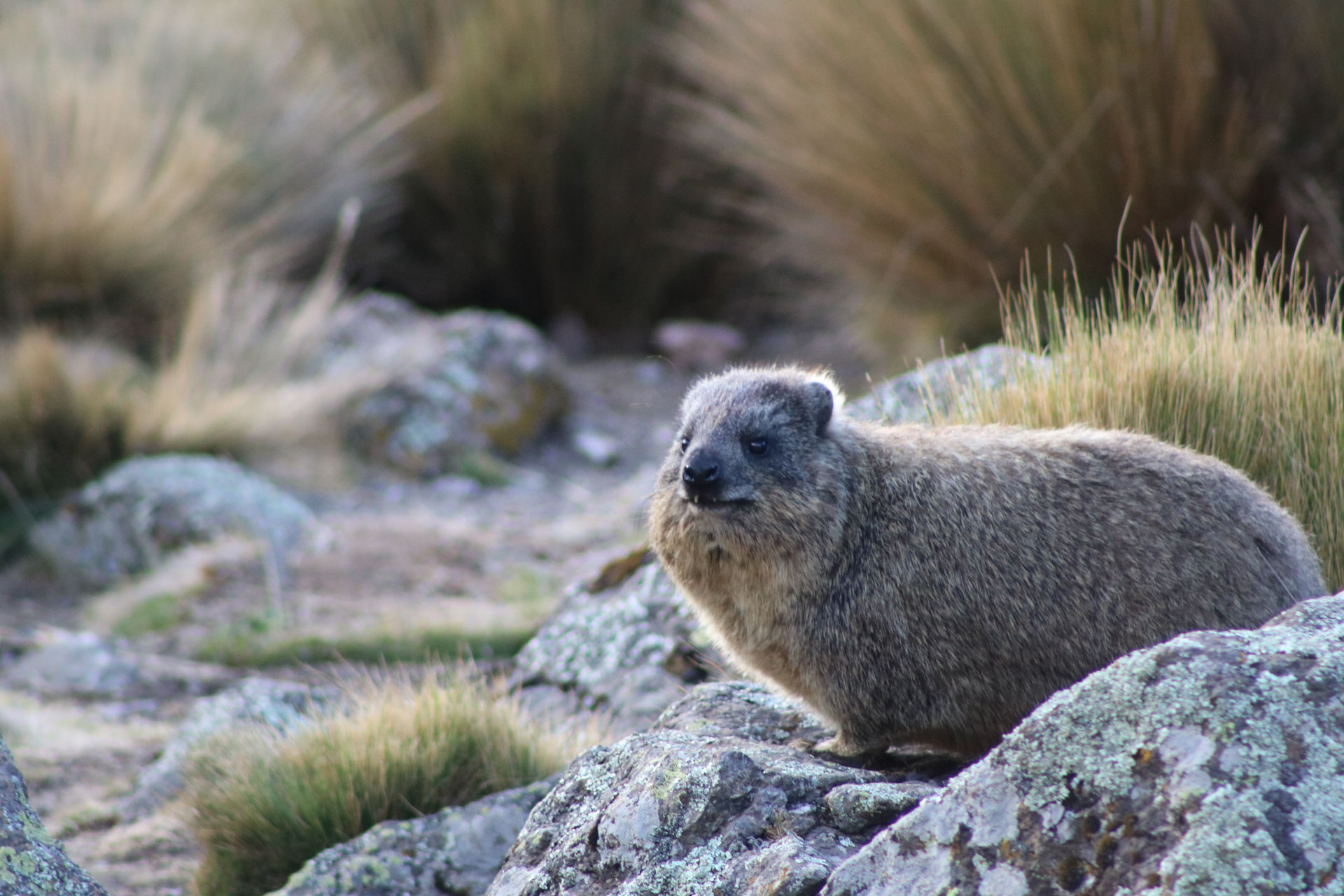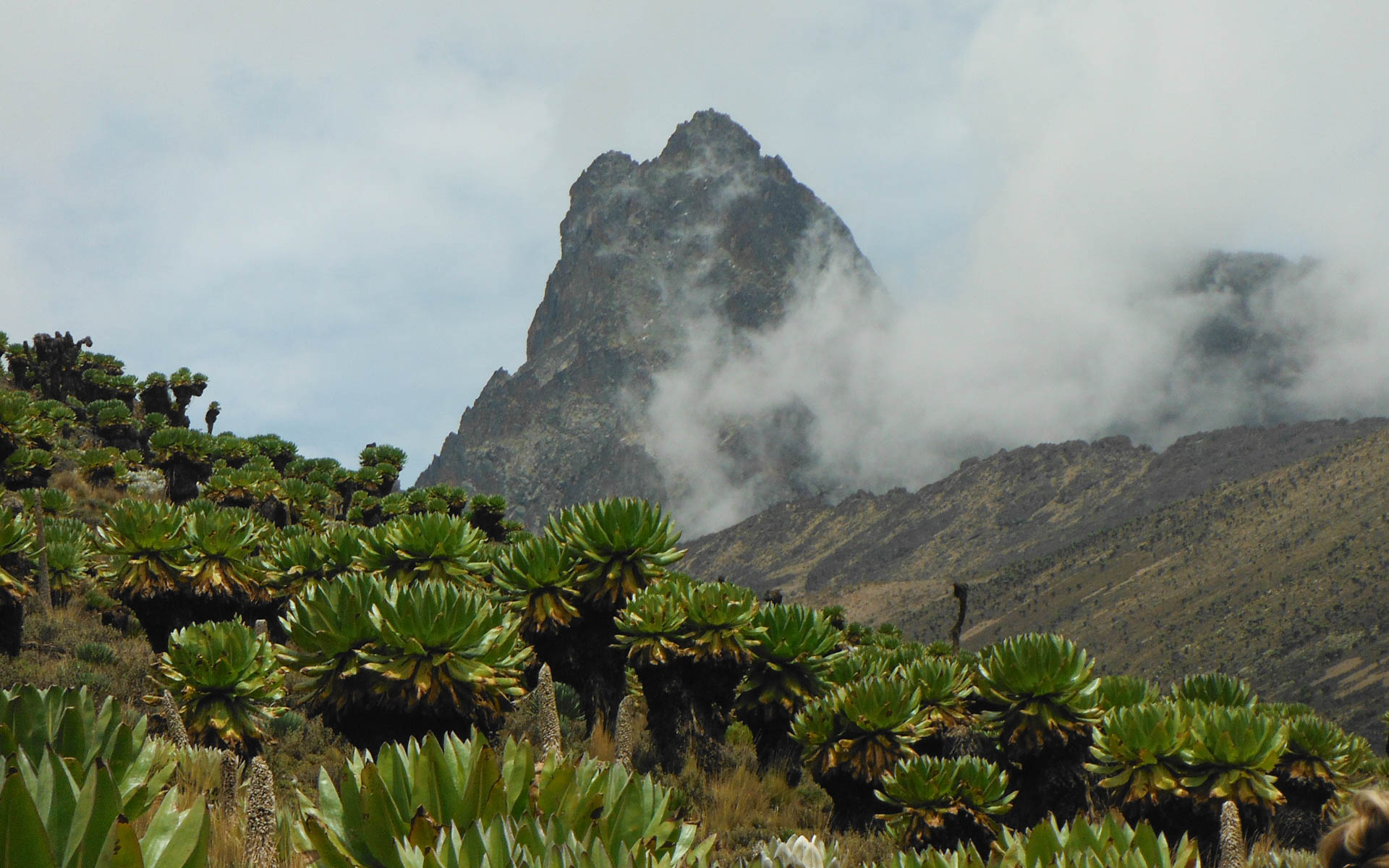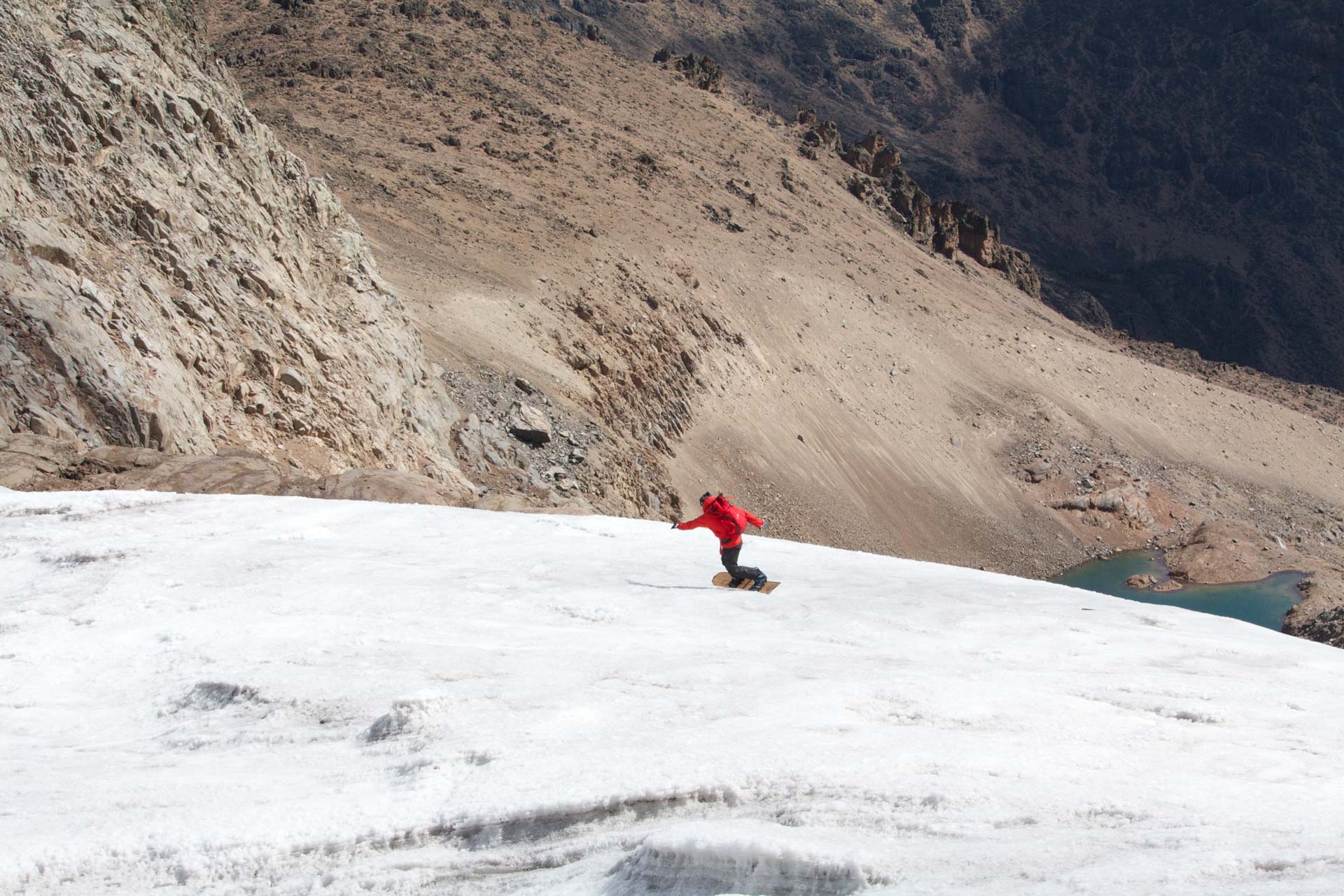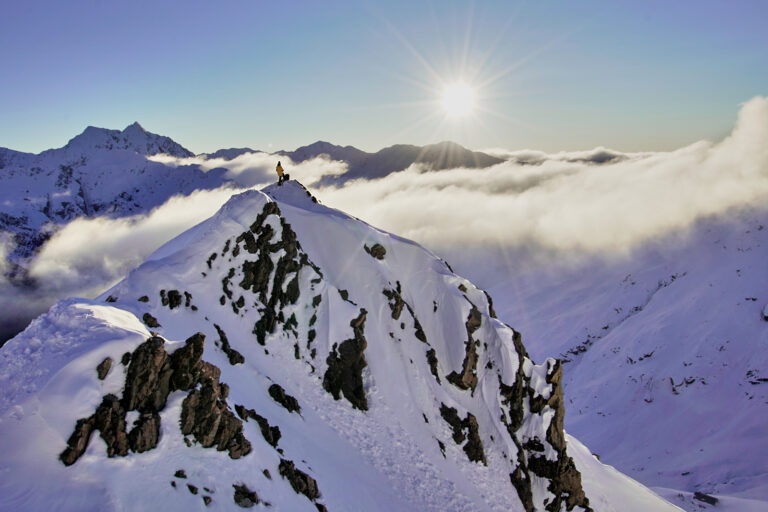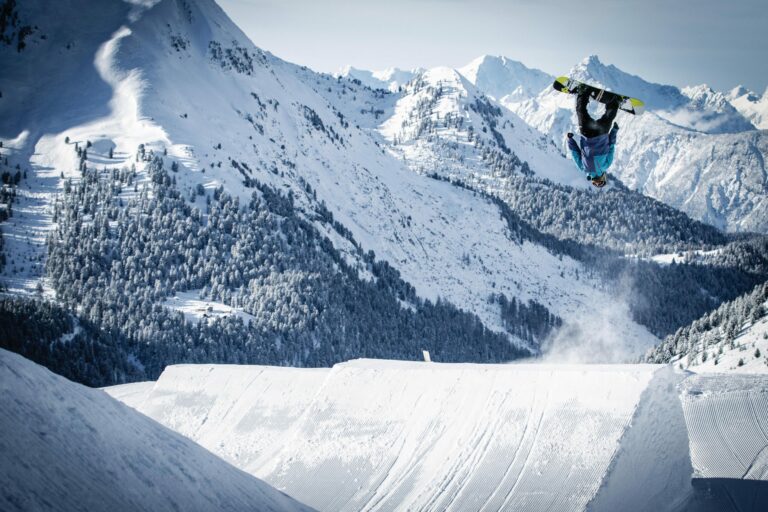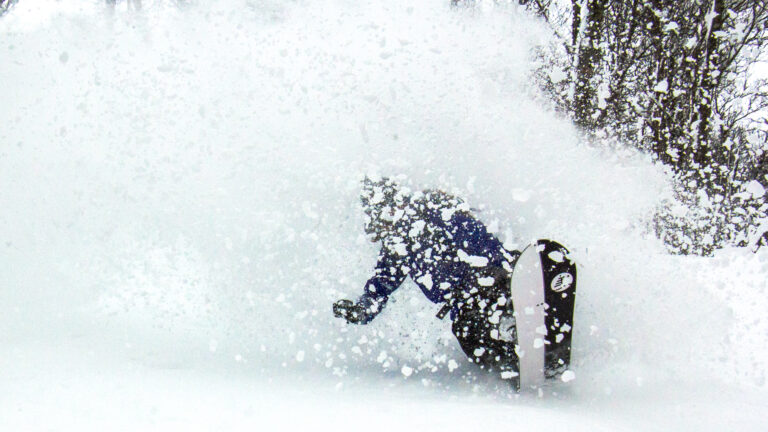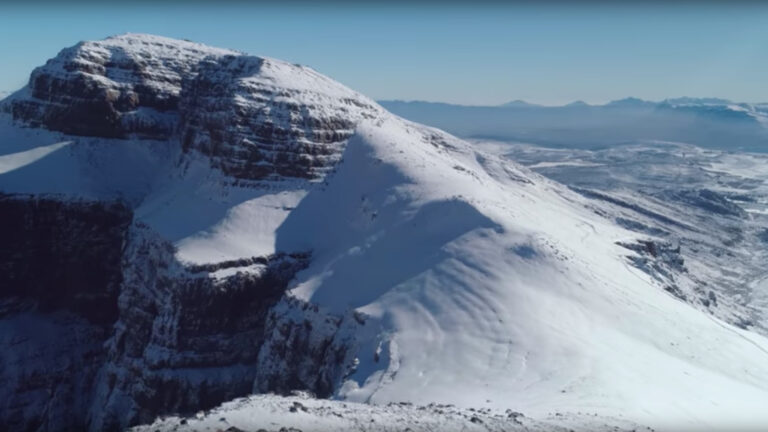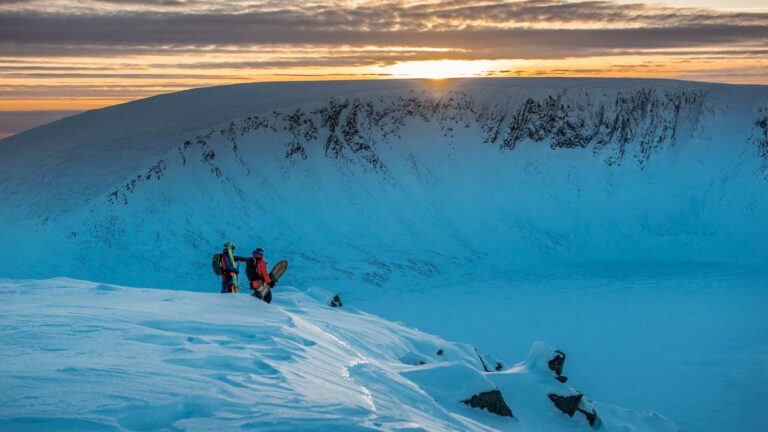Header photo: Anna Om/Getty Images
Words & Photos: Martyn Pollock
“You can’t snowboard in Kenya.” This is a phrase I have become accustomed to over the last 12 months. The customs officer at Nairobi’s International Airport, my boss, even my friends; all have echoed the sentiment – and lately it has been reinforced by rangers, porters, guides and fellow hikers.
Still, ever since I set foot here, I’ve looked up at Mt Kenya and wondered what it would be like to climb the country’s highest peak and snowboard down one of its glaciers. The conviction of the nay sayers has only served to strengthen my resolve.
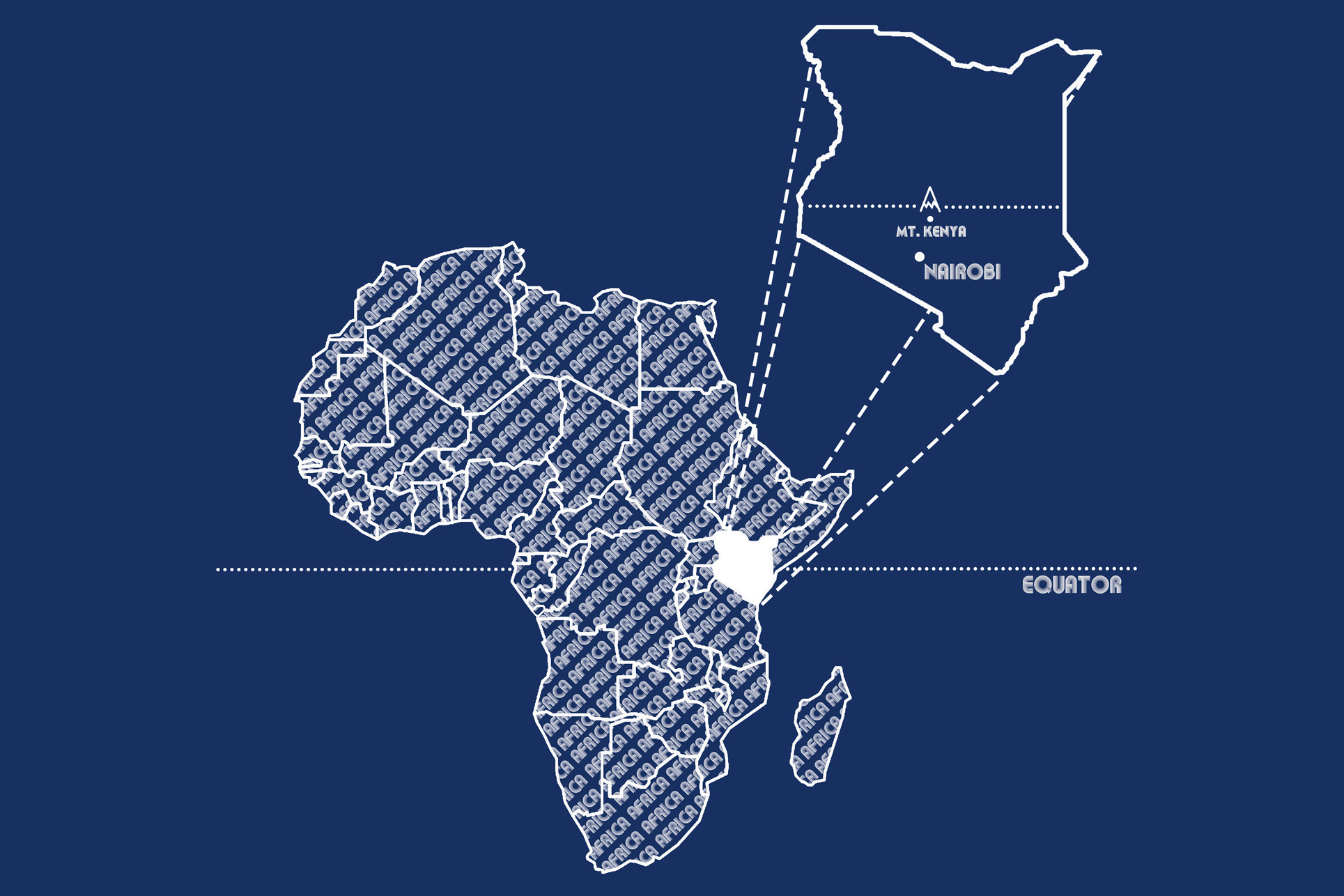
I’m certainly not the only one to have this idea. Back in 2012 the first snowboard descent was made on the Lewis Glacier, while on YouTube you can find footage of skiers tackling Mt Kenya in the 1990s (complete with outerwear straight out of the movie Ski School). There are even some reports of a ski competition that took place their back in 1936. But with a location this incredible, being the first is less important than just being able to say that you’ve done it.
“Out of control overladen lorries and drivers overtaking on bends make just getting to Mount Kenya a frightening task”
The mountain is a five-hour drive out of Nairobi along a road that’s sketchy even by Kenyan standards. Overladen, out-of-control lorries jockey with crazy drivers who overtake on blind bends; just getting there is a frightening task. Then, at the Sirimon Gate, I meet my guide – Ibrahim.


